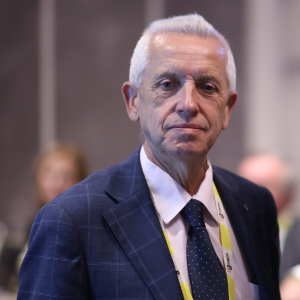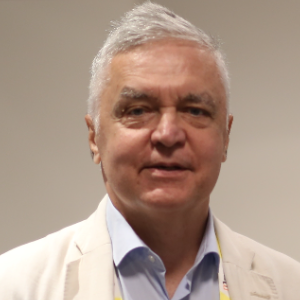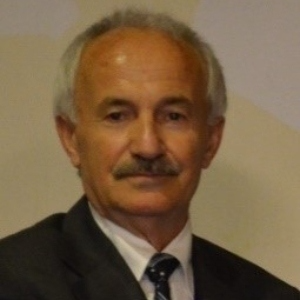Chemical Synthesis:
Chemical Synthesis is the method of using two or more particles (or molecules) to form a product. There are an extended variety and number of chemical composites that are produced using chemical synthesis. The origin material in a chemical synthesis process is called a reactant.
In chemistry, chemical synthesis is the simulated execution of useful chemical reactions to achieve one or several products. This happens by physical and chemical manipulations regularly involving one or more reactions. In modern laboratory uses, the process is reproducible and stable.
A chemical synthesis includes one or more compounds (known as reagents or reactants) that will support a transformation when controlled to certain conditions. Various reaction models can be implemented to formulate the aspired product. This challenges mixing the compounds in a reaction vessel, such as a chemical reactor or a simplistic round-bottom flask. Many reactions require some form of work-up or refinement procedure to separate the final product.
Catalysts Synthesis:
Catalyst Synthesis is the method of fabricating catalytic materials. It intends to optimize factors like catalyst activity, selectivity, stability, and cost.
Catalyst synthesis: Current metal oxide catalyst synthesis involves oxidizing metal powder or chips with nitric acid at high temperatures under excitement. The resulting metal nitrate solution is negotiated with a base to precipitate the metal salt, which is washed with water to remove salts and ions.

Stanislaw Dzwigaj
Sorbonne University, France
Dai Yeun Jeong
Asia Climate Change Education Center, Korea, Republic of
Sergey Suchkov
N.D. Zelinskii Institute for Organic Chemistry of the Russian Academy of Sciences, Russian Federation
Enrico Paris
CREA-IT & DIAEE, Italy
Rabeharitsara Andry Tahina
GPCI-ESPA Antananarivo University, Madagascar
Jiri Dedecek
J Heyrovsky Institute of Physical Chemistry , Czech Republic
Uday Som
Research and Development Engineer, Japan
Vladimir G Chigrinov
Hong Kong University of Science and Technology, Russian Federation



Title : Distant binuclear vanadium V(II) cationic sites in zeolites and their reactivity
Jiri Dedecek, J Heyrovsky Institute of Physical Chemistry , Czech Republic
Title : Advanced nanostructures for carbon neutrality and sustainable H₂ energy
Tokeer Ahmad, Jamia Millia Islamia, India
Title : Personalized and Precision Medicine (PPM) as a unique healthcare model via bi-odesign, bio- and chemical engineering, translational applications, and upgraded business modeling to secure the human healthcare and biosafety
Sergey Suchkov, N.D. Zelinskii Institute for Organic Chemistry of the Russian Academy of Sciences, Russian Federation
Title : Antibody-proteases as a generation of unique biomarkers, biocatalysts, potential targets and translational tools towards nanodesign-driven biochemical engineering and precision medical practice
Sergey Suchkov, N.D. Zelinskii Institute for Organic Chemistry of the Russian Academy of Sciences, Russian Federation
Title : Dimethyl ether synthesis from syngas over Cu-Zn/Al2O3 catalysts prepared using the Sol-Gel method
Uday Som, Research and Development Engineer, Japan
Title : Influence of various catalysts on H₂ enhancement and CO2 capture during syngas upgrading
Enrico Paris, CREA-IT & DIAEE, Italy
Title : Photoaligned azodye nanolayers : New nanotechnology for liquid crystal devices
Vladimir G Chigrinov, Hong Kong University of Science and Technology, Russian Federation
Title : Application of vanadium, tantalum and chromium single-site zeolite catalysts in catalysis
Stanislaw Dzwigaj, Sorbonne University, France
Title : Advances in heterogeneous catalysis for green conversion of propene to aldehydes and alcohols
Ram Sambhar Shukla, CSIR-Central Salt and Marine Chemicals Research Institute (CSMCRI), India
Title : Oxidation of methane to methanol over pairs of transition metal ions stabilized in the zeolite matrices
Jiri Dedecek, J Heyrovsky Institute of Physical Chemistry , Czech Republic